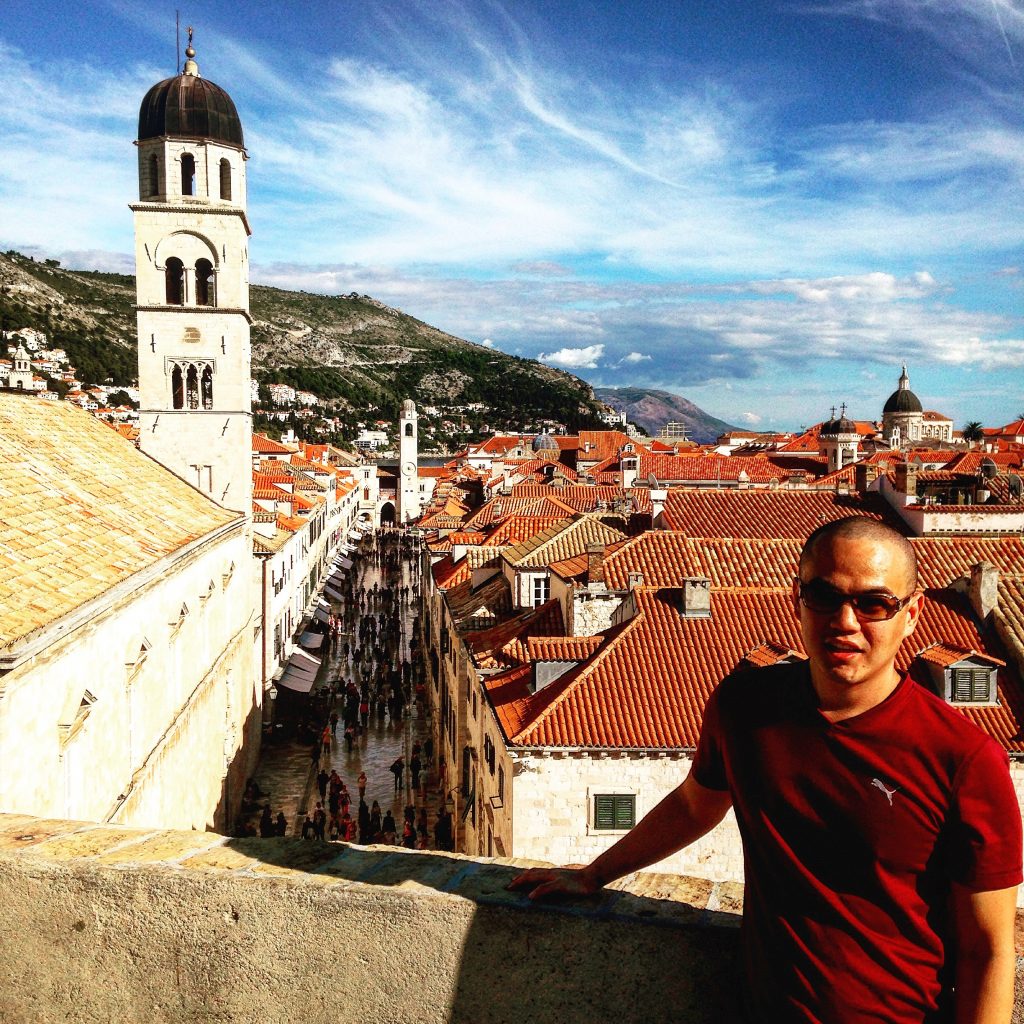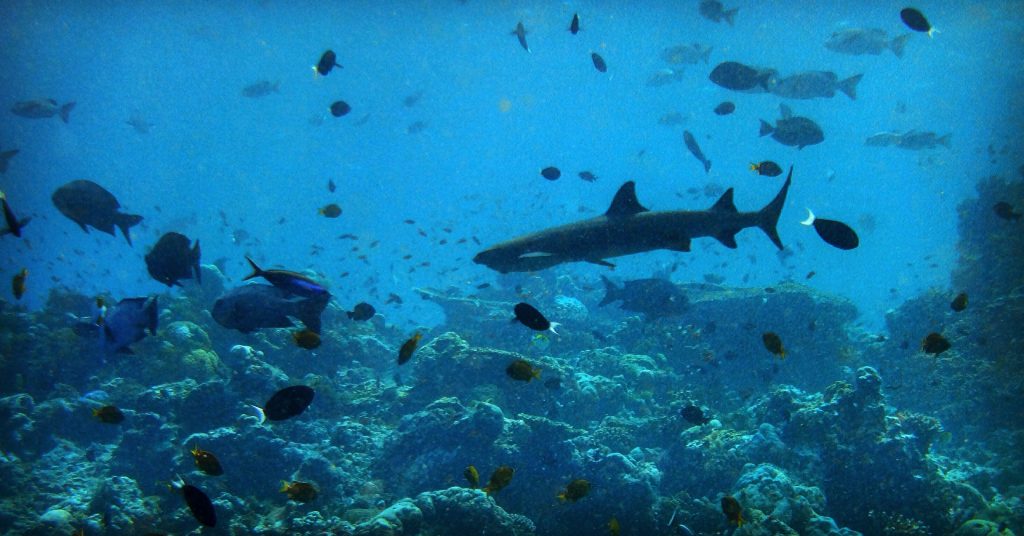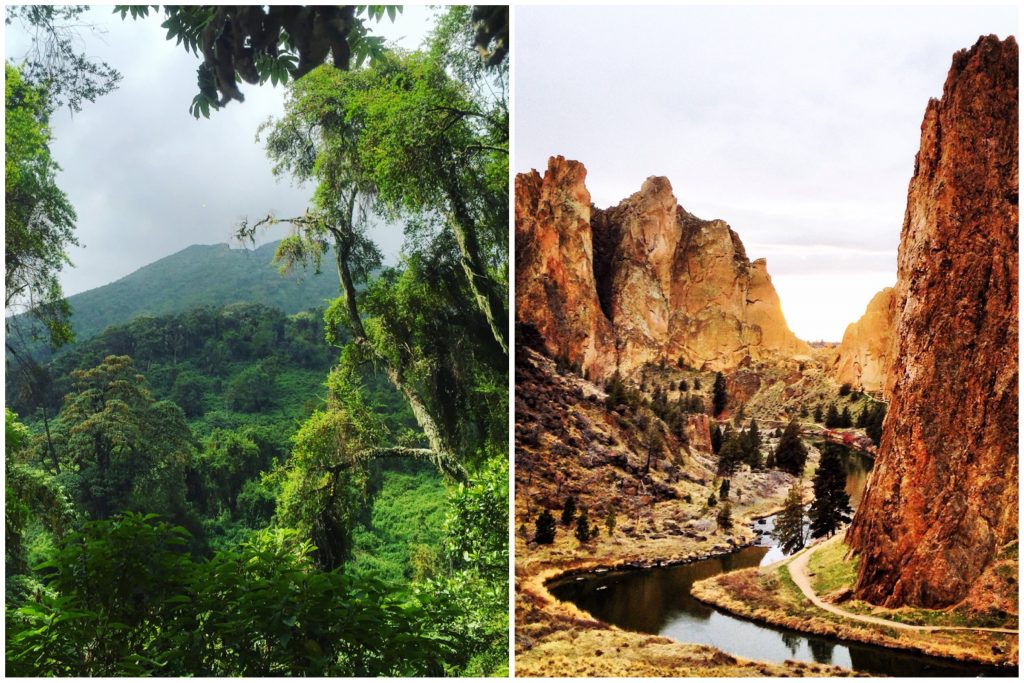
“Once built to keep foreigners afar, forts today serve as landmarks which can’t keep us out.”
After enjoying the series Game of Thrones for several years, I knew the next time I was in Europe I had to check out King’s Landing, in present-day Croatia.
Dating back to the 7th century, Dubrovnik was under the protection of the Byzantine Empire and later the Republic of Venice. Beginning in the 14th century, it became a free state and a center for diplomacy and wealth. As late as 1991, the city was besieged by the Yugoslav People’s Army until it became known for what it is today: a Mediterranean tourist destination and a hotspot for Hollywood filming.

I find Dubrovnik’s history fitting for King’s Landing since the territory underwent centuries of strife itself, between a French occupation, Austrian rule, and Yugoslavian control.
As a tourist, journeying its city walls and gaining a view from higher ground is beautifully scenic.

For an even higher vantage point, take the 4-minute cable car ride 2500 feet up, which serves as a great juxtaposition between past and present engineering feats. You’re also welcome to hike the hill’s trails, which takes about an hour either way.

On the ground level, strolling within the walls lends itself to a sense of “Old Europe”, and it’s amazing to think its restaurants and cafes today were besieged just decades earlier. It gives humanity hope, in that relics of war have turned to cultural heritage sites today.

I rented an apartment within the city walls for a few days to enjoy afternoon walks around the area and to get a feel for the local vibe. The streets turn eerily quiet at night, with most of Dubrovnik’s night life existing outside the Old Town walls.

For a day trip, I recommend taking a ferry to Lokrum Island, where a monastery and a botanical garden still exist.

But be aware. Local legend has it the island is cursed, from when Benedictine monks were forced to evacuate from here centuries ago.
The myths add to the enchantment of Lokrum, as you stroll through its meandering trails. The infamous Iron Throne from the TV series is located on this island as well.

When bored with sightseeing, spend a night or two at a seaside hotel outside the Old Town so you can enjoy the sunset views and leisurely pace of the city.

With a glass of wine in hand, it makes for a charming evening.






















































